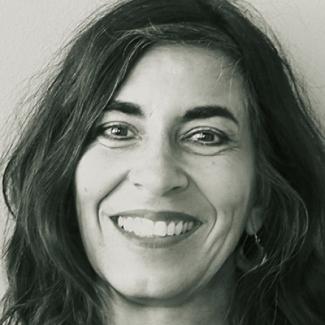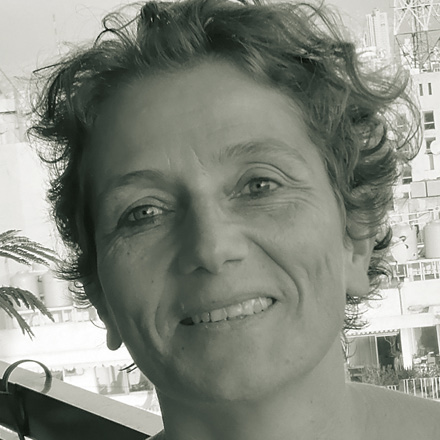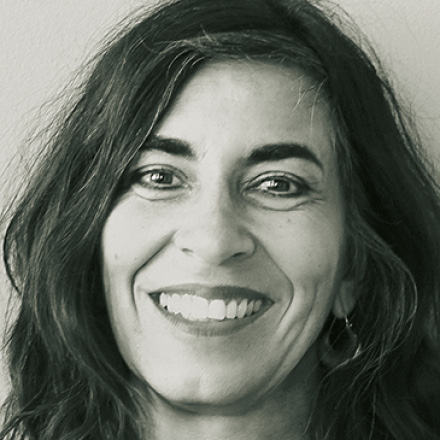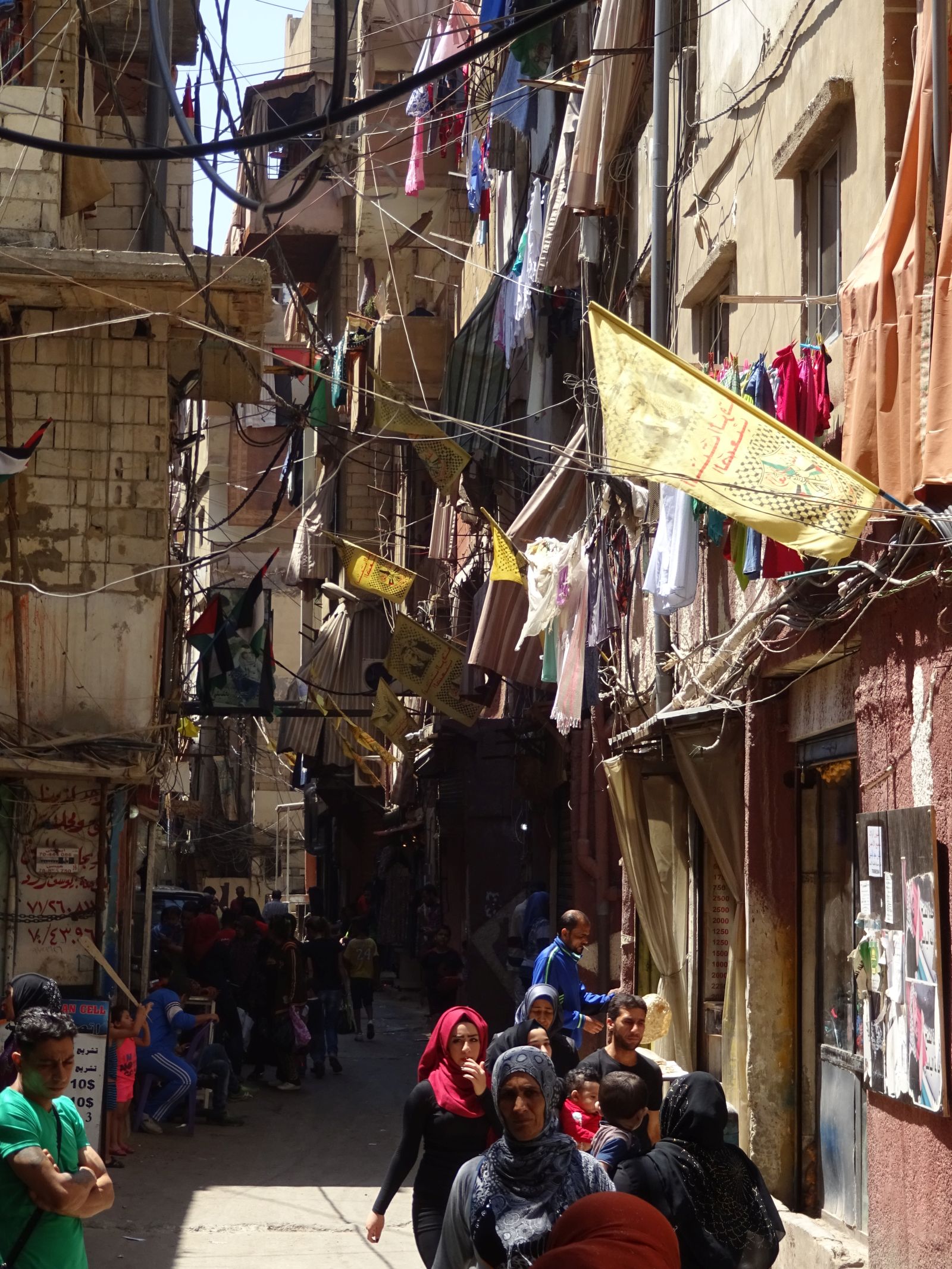Refugee protection
The Comprehensive Refugee Response Framework
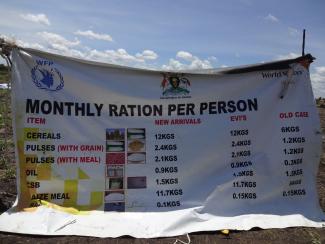
In 2016, a UN summit adopted the so-called New York Declaration for Refugees and Migrants. It stated that refugee camps “should be the exception,” and that camps should merely be temporary measures in cases of emergency. Instead, “refugees should be allowed to live among host communities.” The idea was to prevent or at least shorten protracted stays in camps and lessen refugees’ dependence on humanitarian aid by helping them to “thrive, not just survive.”
The New York Declaration calls on the UN Refugee Agency (UNHCR) to work with a wide range of partners, including governments, non-governmental agencies, other UN agencies, as well as the private sector, international financial institutions and civil society.
In line with the New York Declaration, the same summit also adopted the Comprehensive Refugee Response Framework (CRRF). It aims to:
- ease pressure on countries that welcome refugees and host them,
- build self-reliance of refugees,
- facilitate resettlement in third countries and other similar options,
- create conditions that enable refugees voluntarily to return to their home countries.
Applying the CRRF
Uganda is one of the pilot countries, because it has signed key refugee conventions and international human-rights treaties. It has also become the largest refugee-hosting country in Africa, with over 1.4 million refugees making up 3.6 % of the country’s total population of 39 million. Most refugees are from South Sudan (74 %), 19 % are from the Democratic Republic of the Congo and three per cent from Burundi.
Despite all challenges, this country maintains one of the most progressive refugee-protection policies in the world.
Its integrated refugee response incorporating host communities has been named as a model implementation for the CRRF. This marks Uganda as a frontline state for this new approach. In line with Uganda’s inclusive approach, refugees are granted:
- freedom of movement,
- the right to work and to establish businesses and
- the right to access public services such as education.
The Office of the Prime Minister (OPM) and UNHCR officially launched the CRRF in Uganda on 24 March 2017. The strategic rollout addresses five mutually reinforcing areas:
- admission and rights of refugees,
- emergency response and on-going humanitarian needs,
- resilience and self-reliance of refugees,
- checking options for moving on to third countries (including student visas and scholarships) and
- voluntary repatriation.
Refugees in Uganda do not reside in camps, but in settlements, with families receiving plots of land on which they can live and do farming. Even local communities have voluntarily provided land to be used by refugees. In the current situation, the promotion of voluntary repatriation mostly means to provide skills training.
Most refugees would happily go back home, as soon as the civil war or natural disaster is over. However, it is not an easy thing to do – what awaits them at home is often abject poverty and insecurity. One of the core objectives of the CRRF is therefore to “support conditions in countries of origin for return in safety and dignity.”
This is an appeal to the international community: The New York Declaration also states that it is necessary to “address the root causes of large movements of refugees and migrants, including through increased efforts aimed at early prevention of crisis situations based on preventive diplomacy.” (shmy)
Links
UNHCR: Comprehensive Refugee Response Framework (CRRF).
https://www.unhcr.org/comprehensive-refugee-response-framework-crrf.html
Global CRRF:
http://www.globalcrrf.org/
New York Declaration for Refugees and Migrants:
http://www.globalcrrf.org/wp-content/uploads/2018/05/The-New-York-Declaration-Full-text-19Sep2016.pdf
